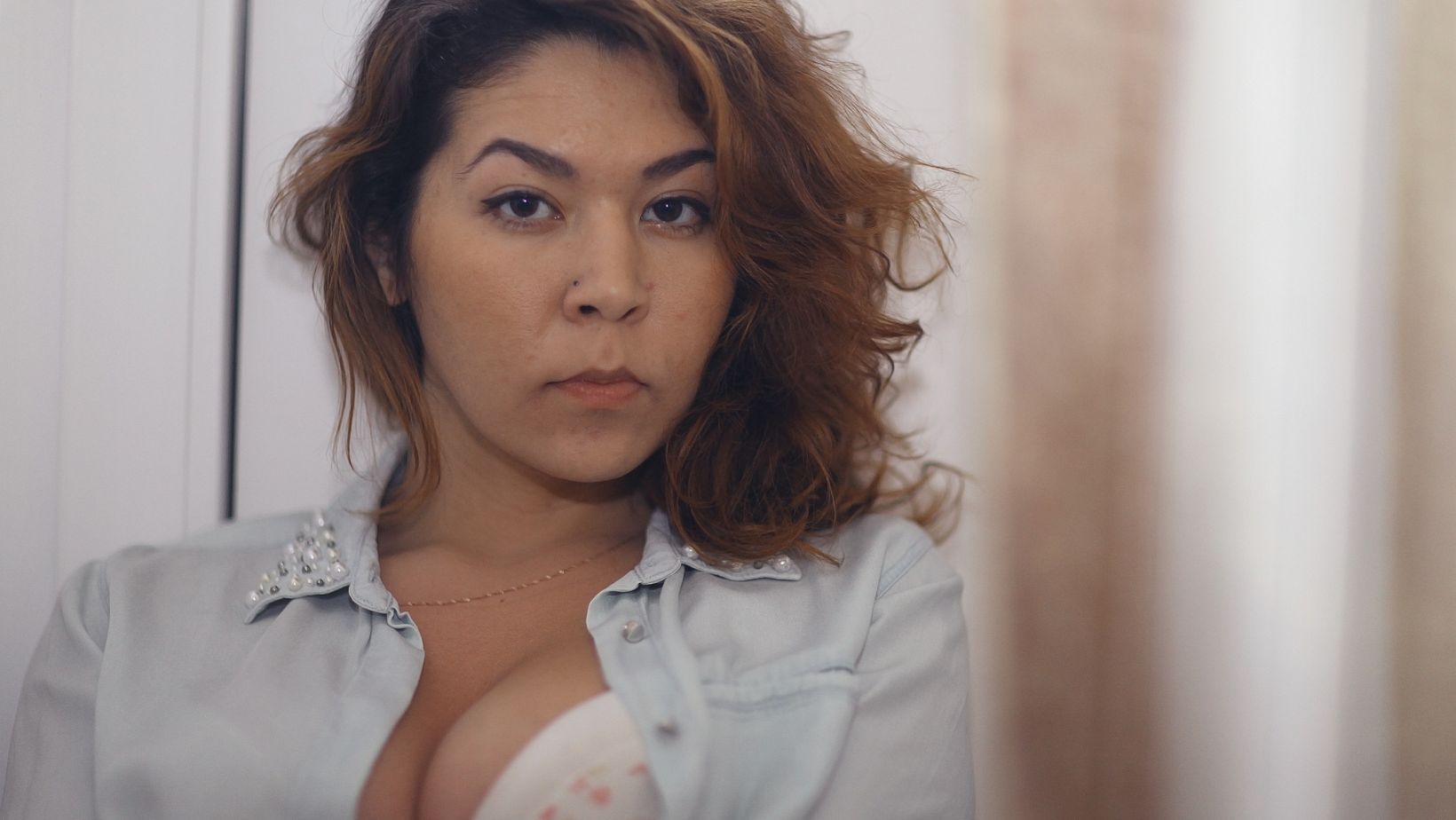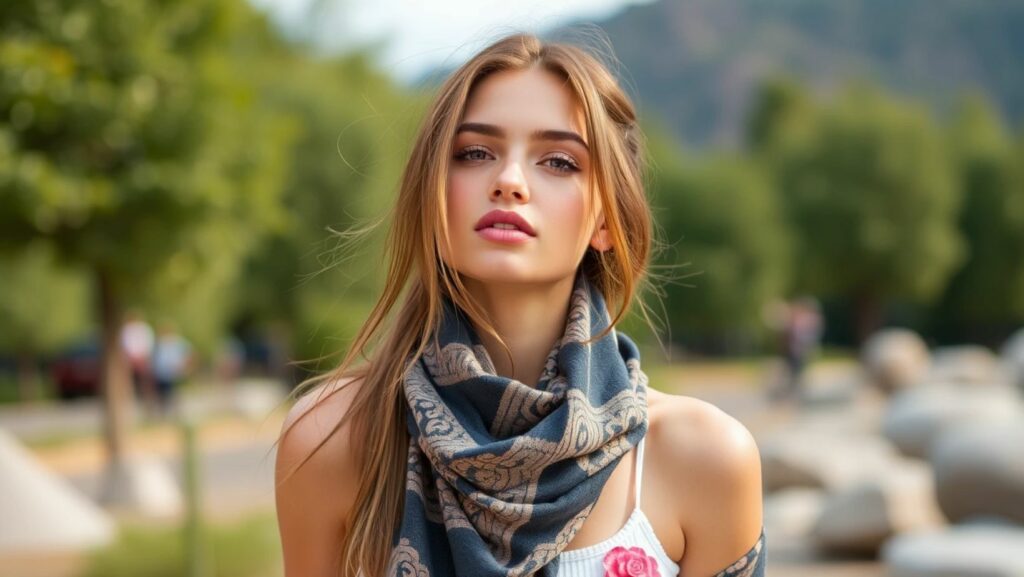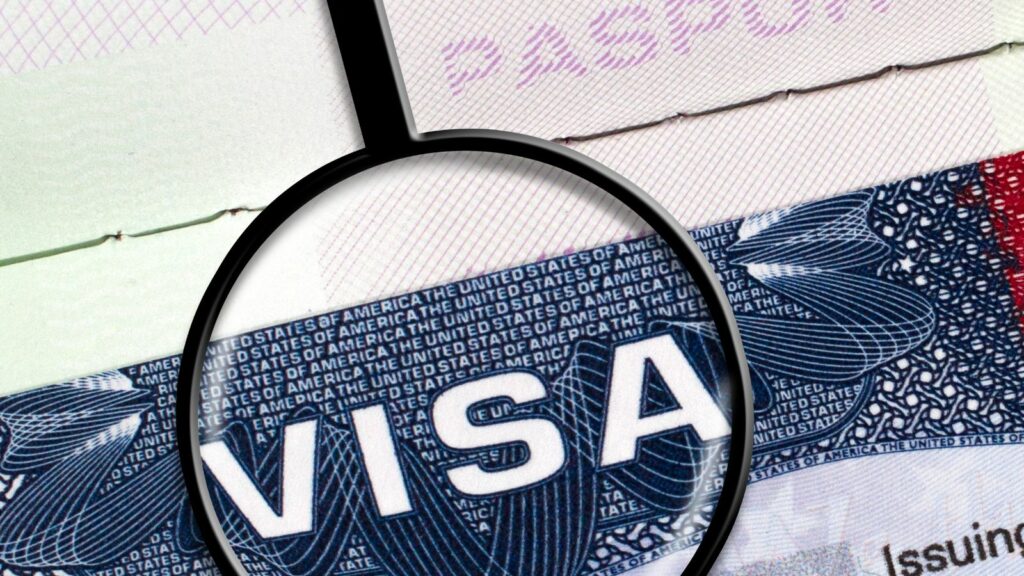In recent years, the field of artificial intelligence has made significant strides, particularly in the realm of art creation. The emergence of neural networks has introduced a new era where AI is capable of producing stunning, lifelike artwork, including controversial and provocative pieces. A notable example of this phenomenon is ainudegirls.io, a platform that explores the intersection of AI and digital art. This development raises important questions about the role of technology in shaping the future of art and creativity.
How Neural Networks are Shaping Modern Art
Neural networks, specifically Generative Adversarial Networks (GANs), have become a powerful tool in the hands of digital artists. These algorithms learn from vast datasets of images and can generate new, original works that mimic the style and content of the data they’ve been trained on. The use of GANs has revolutionized modern art, allowing for the creation of pieces that range from hyper-realistic portraits to abstract designs that push the boundaries of human imagination.
One of the most compelling aspects of AI-generated art is its ability to blend different styles and genres seamlessly. Artists and technologists are now collaborating to produce works that were once considered impossible, combining elements of classical art with contemporary digital techniques. This convergence of traditional and modern art forms is reshaping the art world, challenging our perceptions of creativity and authorship.
The Future Potential of AI in Art Creation
The potential for AI in art creation is vast and largely untapped. As neural networks continue to evolve, they will likely become more sophisticated in their ability to understand and replicate complex artistic styles. This opens up exciting possibilities for artists who wish to experiment with new forms of expression without the constraints of traditional mediums.
 One of the most promising areas of AI art is the ability to personalize and customize art for individual tastes. In the future, we may see AI systems that can create bespoke pieces of art based on a person’s preferences, mood, or even their personal history. This level of customization could lead to a new era of art consumption, where individuals have access to unique, one-of-a-kind pieces that resonate with their personal experiences.
One of the most promising areas of AI art is the ability to personalize and customize art for individual tastes. In the future, we may see AI systems that can create bespoke pieces of art based on a person’s preferences, mood, or even their personal history. This level of customization could lead to a new era of art consumption, where individuals have access to unique, one-of-a-kind pieces that resonate with their personal experiences.
Moreover, AI has the potential to democratize art creation, making it accessible to a broader audience. With the right tools and platforms, individuals without formal training in art could use AI to create professional-quality work. This could lead to a more diverse range of voices and perspectives in the art world, enriching the global art community.
Technological Advances in Neural Network Art
The rapid pace of technological advancement in neural networks is driving the development of increasingly complex and sophisticated AI art. One of the key breakthroughs has been the improvement of GANs and other deep learning models, which have become more efficient at generating high-quality images with minimal human intervention.
Another important development is the integration of AI with other emerging technologies, such as augmented reality (AR) and virtual reality (VR). These technologies are expanding the possibilities for immersive art experiences, allowing viewers to interact with AI-generated art in entirely new ways. For example, AI-generated artwork could be projected into physical spaces using AR, creating a dynamic and interactive experience that blurs the line between the digital and physical worlds.
Additionally, the use of AI in art is not limited to visual mediums. Advances in natural language processing (NLP) and audio synthesis are enabling AI to create music, poetry, and other forms of art. This multidisciplinary approach is opening up new avenues for creativity, where different forms of art can be combined and enhanced through the use of AI.
Understanding the Mechanisms Behind AI Creativity
To fully appreciate the impact of AI on art, it is important to understand the mechanisms behind AI creativity. Neural networks, at their core, are designed to mimic the way the human brain processes information. They consist of layers of interconnected nodes, or neurons, that process data and make decisions based on patterns they recognize.
In the context of art creation, neural networks are trained on large datasets of existing artwork. Through a process known as “training,” the AI learns to identify the key features and styles that define different types of art. Once trained, the neural network can generate new pieces of art by blending and modifying these features in novel ways.
However, it is important to note that AI does not create art in the same way that humans do. While a human artist may draw on their emotions, experiences, and imagination to create a piece of art, AI relies solely on the data it has been trained on. This raises philosophical questions about the nature of creativity and whether AI-generated art can truly be considered “creative.”
Despite these questions, there is no denying the impact that AI is having on the art world. As AI continues to develop, it will likely play an increasingly important role in the creation of art, challenging our traditional notions of creativity and pushing the boundaries of what is possible.
 The role of neural networks in creating nude AI girls and other forms of digital art is a fascinating and controversial topic that highlights the broader implications of AI in the art world. As technologies like GANs continue to advance, they will undoubtedly shape the future of art in ways that we are only beginning to understand. While there are many questions and ethical considerations to be addressed, there is also tremendous potential for innovation and creativity. The future of AI in art is bright, and we are only just beginning to explore its possibilities.
The role of neural networks in creating nude AI girls and other forms of digital art is a fascinating and controversial topic that highlights the broader implications of AI in the art world. As technologies like GANs continue to advance, they will undoubtedly shape the future of art in ways that we are only beginning to understand. While there are many questions and ethical considerations to be addressed, there is also tremendous potential for innovation and creativity. The future of AI in art is bright, and we are only just beginning to explore its possibilities.


